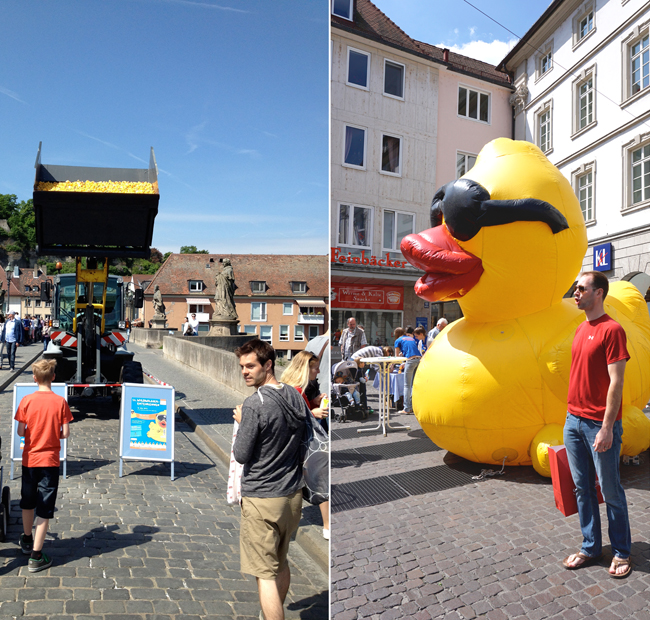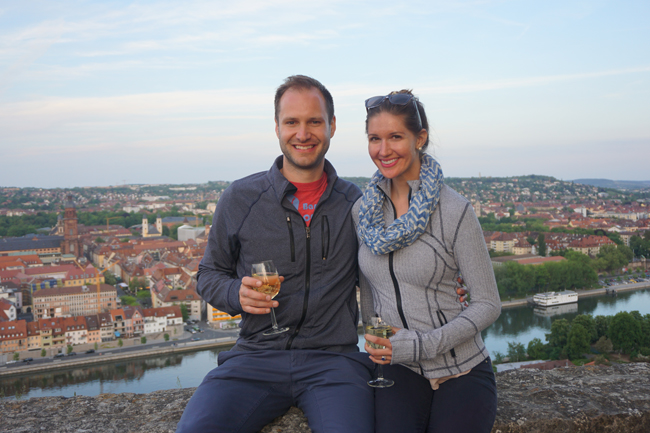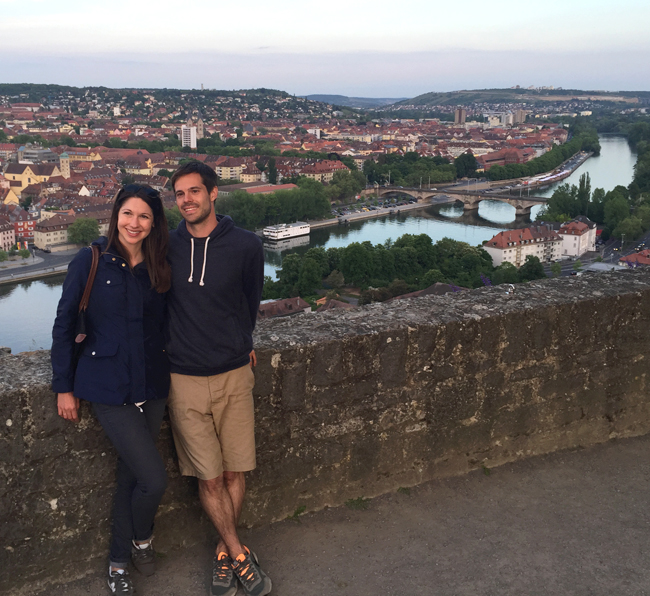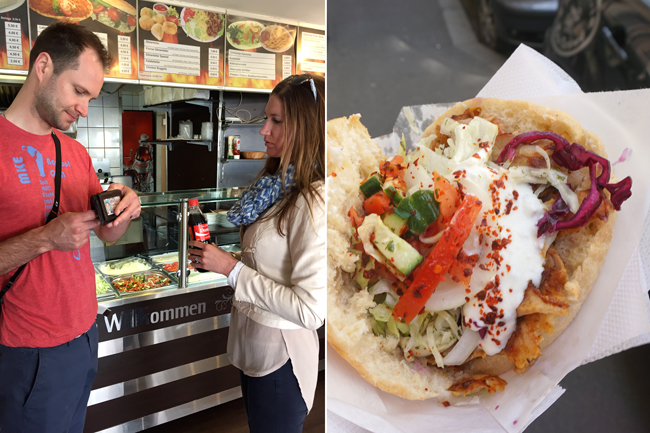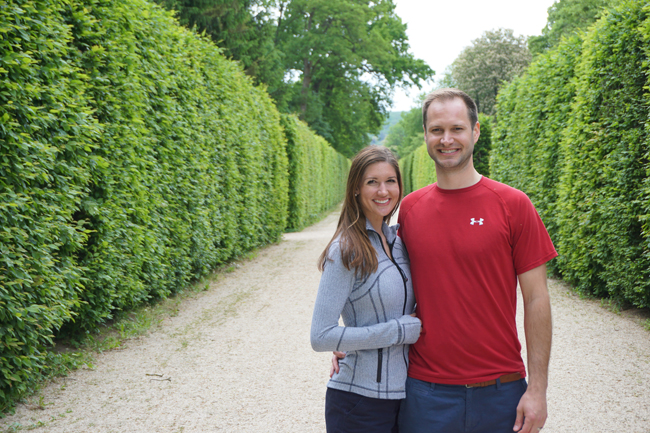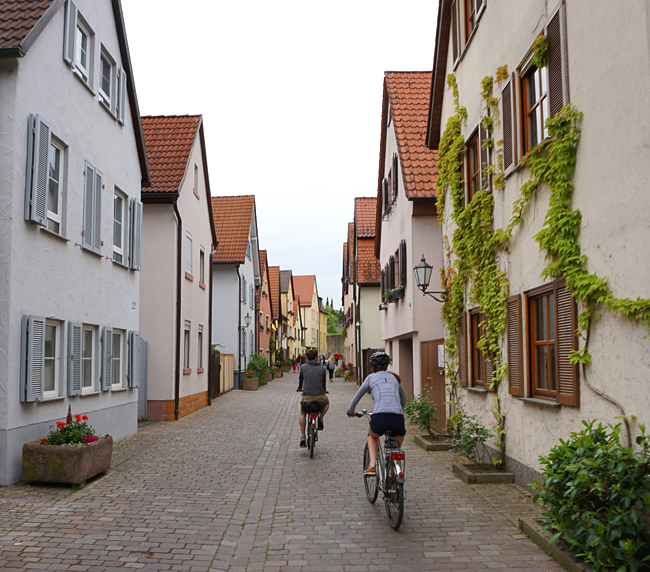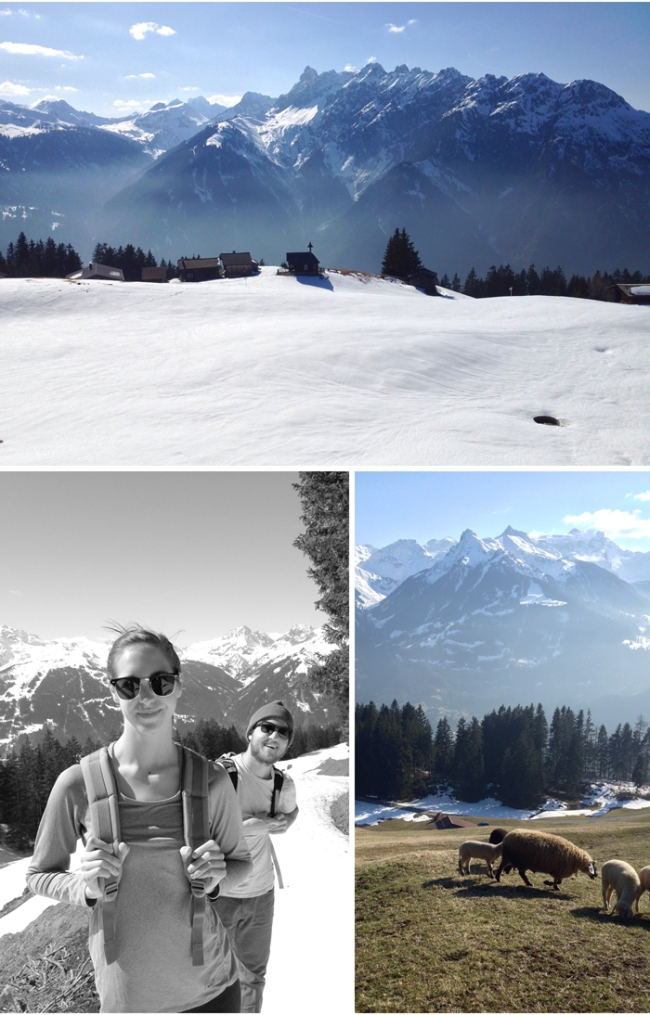A little behind on this one! I was hoping to have this post wrapped up weeks ago, but sometimes that’s the way it goes, right? 🙂
We visited Prague just before Christmas, in part to see the holiday festival in the Old Town Square. Architecturally, Prague is an impressive city. I would absolutely agree with remarks that it is one of the most enchanting, beautiful cities in the world.
In the days leading up to Christmas, the city glimmered with lights. We visited during the winter solstice which meant that the shortest days of the year brought people together in the early evening for christmas carols and gatherings with friends at the outdoor markets. On Saturday, our first night in Prague, there was a stadium-sized crowd of people in the areas around the Old Town Square. The festivity created a whirl of excitement, which was enlivened by the Moravian and Bohemian folk traditions of the Czech Republic.
The emphasis of the Czech markets is on handicrafts, music, sausages, and of course— hot wine! We ate Pražská Klobása (kielbasa sausage) and stayed warm drinking medovina (mead, honey wine). There are sweet and savory treats at the market, including the abundant and tourist-adored Trdelnik that are sold throughout the city, as well as pečené gaštany— burnt chestnuts.

And Carp. You can’t miss the carp stands in Prague at Christmas. The humble carp has an important role in the traditional Christmas Eve dinner. During the holiday season, live carp splash around in barrels on the street, where they are sold. If you buy a fish— and it’s not quite Christmas— you can keep it fresh in your bathtub where it has ‘pet status’ until it is time to prepare dinner. I loved reading about this central European tradition here. Above are perníček, honey-spice gingerbread decorated as the iconic Christmas carp.

Between the two of us we taste-tested just about everything. We enjoyed bramborové spirály a spiral of potato chips deep-fried on a stick. My favorite drink was the syrupy honey mead, medovina.
And sweets…
I mentioned Trdelnik, which is a variation of the cinnamon roll. I think we ate no less than four of these. The pastry dough is wrapped around a spindle and coated with cinnamon, sugar, and almonds, and cooked over an open ember. The second most common treat was perníček, honey-spiced gingerbread with lacy white icing. At the market you can buy lots of seasonal goodies like Vanocka (a braided nut and raisin bread made at christmas), shortbread, and maslove pecivo – the christmas butter cookie with a candied cherry.

Prague is only 4-hours from Würzburg, but crossing into the Czech Republic is a reminder that the neighboring countries have very different heritages. There are not rail connections from the area around Würzburg, so the most convenient mode of travel to Prague is by bus. We used a service offered by DB Bahn — A Long-distance travel bus that departs daily from Nürnberg Hbf.
The European markets are one of my favorite aspects of living outside of the US. For the most part, I spend the weekdays solo and the the ritual of walking through the market in Wurzburg is one of my preferred activities, there is always something happening.
The Czech market was a nice companion to the German markets that we have begun to know so well. It had noticeable Hungarian, Slavic, and Bohemian influences in cuisine and artisanal aspects. The regional influences are what make each market so unique and worth visiting. I shared my observations about the nuances of the markets with Derek. And to share another perspective, he said ‘they’ve all felt pretty much the same’ to him. 🙂
The National Gallery in Prague
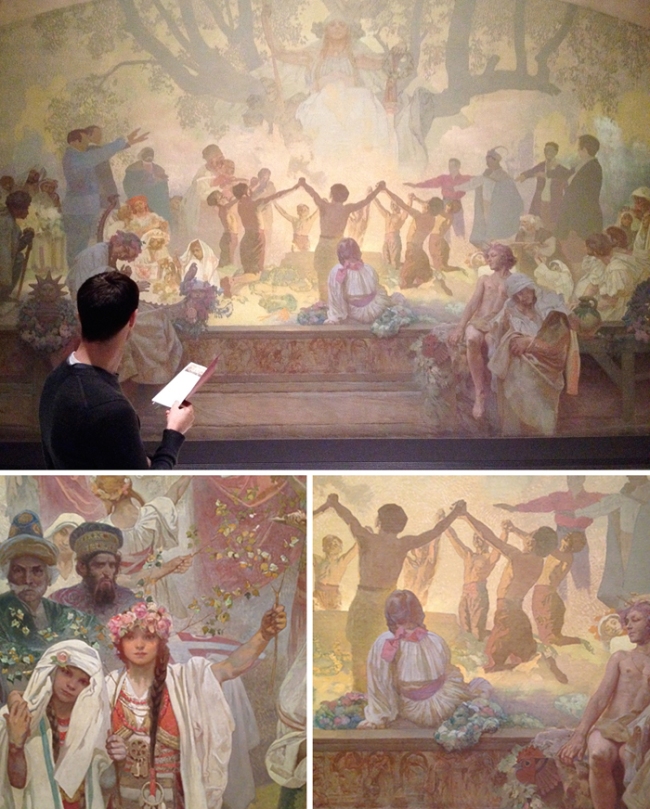
A notable work of Czech art is the Slav Epic, which is installed at the National Gallery in Prague. It is a series of large-scale canvases painted by Alfons Mucha, who was a prolific Art Nouveau contributor at the turn of the 20th C. The epic tells of the trials of the Slavic people in central Europe, and combines factual information with mythical imagery. The epic was conceived by Mucha and funded by an American businessman who was an avid “Slavophile” (we had not heard this word!)
We enjoyed this museum. It is located on an obscure corner within the city in sort of a dreary, unassuming building. Yet, for it’s relatively small size, around each new corner were selections from major artists like Klimt, Van Gogh, Cézanne, and Degas that you would only see in an art history textbook. We enjoyed the galleries of Czech modern art, which we honestly knew nothing about— and some cohesive exhibits from the soviet era. Below, Derek is standing in an interactive exhibit on the European Fluxus Festivals of the 1960s.


Our itinerary for Prague wasn’t as intense as other excursions. We spent each day lingering at the Christmas markets, The National Gallery, and the Neo Luxor Palace of Books , which made us a little giddy, because it had the largest selection of books in English that we have seen by far! Last year Derek visited the city solo and enjoyed Prague castle, so he suggested another visit. From the Old Town Square we walked across Charles Bridge, and arrived as they were beginning the changing of the guards, which tourists love, even though it is now just a tradition. Within the castle grounds is the Eastern Orthodox Cathedral of St Vitus, which was so ornate and decorative.
Below is the market at Wenceslas Square, in the Nové Město– meaning New Town.

Czech Beer!
The beer in the Czech Republic is legendary. It is home to the original Budweiser, and to Pilsner Urquell— named for the city of Plzeň. So, it may seem a little strange that our first stop was a Belgian beer bar. We previously thought that living in Germany meant access to a good supply of Belgian brews from across the border, not so! Germans seem to love their domestic beers and we’ve found only a handful of imports.
For Czech beer, we headed across town to Zlý Časy (translation: Evil Times), which was highly recommended as a place to get awesome Czech microbrews in a true, dark and smokey Czech beer bar. I rarely drink beer these days, but who could resist?! We had a lot of fun. And do you know how cheap beer is in the Czech Republic? It’s less than a dollar.
Below: Bruxx is located across from Church of St. Ludmila at Náměstí Míru ‘Peace Square’, where we discovered yet another Christmas market.

There are so many great destinations across Europe that at times it can be challenging to name our favorites. This was one of my favorite posts to write. For me, winter and the season of Light is an inspirational time of hope and peace. In recent years, I had experienced first-hand how the many excesses of the holidays could be disillusioning and overwhelming. This year, without the pressures of gift exchanges and to be in so many places at once, it was the first time in many years that I have felt present during this special time.
Germans had a long holiday break from December 20 through Epiphany (January 6), which meant almost three weeks off for Derek. Once we were back in Würzburg, we attended a Christmas eve vigil at a chapel in our neighborhood. We were surprised by how lovely the small, simple service was. The closing hymn was Stille Nacht / Silent Night and afterwards everyone was given a lit candle to light their walk home. We have attended other Christmas eve services, but this one gave us an unexpected sense of calm and happiness.
And finally, Here is a short video of Czech christmas carols in the old-town market!
http://instagram.com/p/w1xxzTN0_X/?modal=true
Links
In Slovakia, Christmas Dinner Starts In The Bathtub NPR
36 Hours in Prague New York Times
Travel on a Budget: Two-Days in Prague for under $100 Apartment Therapy
Listen to Czech and Moravian Christmas Carols You Tube
5 Great Czech MicroBrews and Where to Try Them
One of my favorite videos!
Watch Travel Insider Astronautalis take a Beer and Motorcycle tour of Prague





